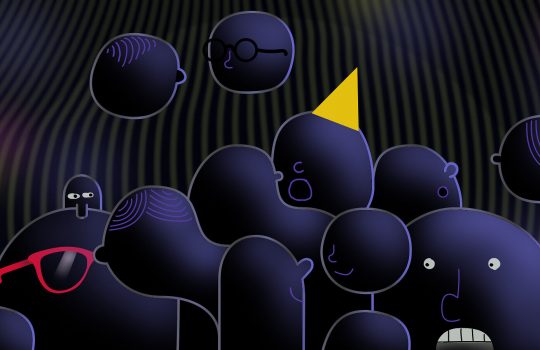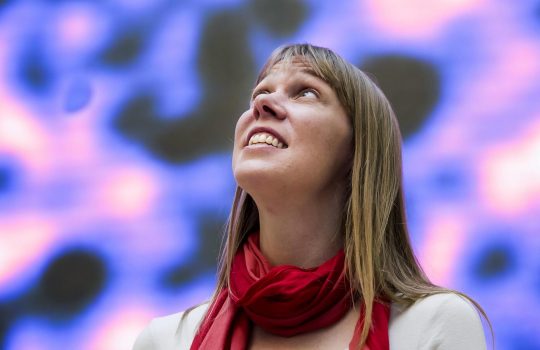Touring the Yerkes Observatory, a shrine of architecture and astronomy in Williams Bay
Milwaukee Record, July 24, 2025
In 2022, the Yerkes (pronounced YER-keys) was opened to visitors as the Foundation began an ongoing 10-year project to fully renovate and update the building and its facilities, all while offering tours and special events devoted to raising awareness about the project and to maintaining the Yerkes’ standing as a destination for astronomical and astrophysical study.




